|
Voiced by Amazon Polly |
Introduction
The rapid evolution of generative AI has transformed how organizations interact with data, customers, and internal systems. Yet with this power comes the responsibility to maintain safety, privacy, and compliance. As businesses build multimodal applications across diverse industries, ranging from finance and healthcare to retail and telecom, the need for centralized, consistent, and configurable safeguards has never been greater.
Enter Amazon Bedrock Guardrails, AWS’s governance solution for generative AI. Since its introduction over a year ago, it has empowered organizations like Remitly, KONE, and PagerDuty to standardize protections across generative AI workflows. In May 2025, AWS announced a powerful new set of capabilities that further reinforced its commitment to responsible AI development at scale.
Pioneers in Cloud Consulting & Migration Services
- Reduced infrastructural costs
- Accelerated application deployment
Amazon Bedrock Guardrails
Amazon Bedrock Guardrails provides centralized content moderation and safety features that work across multiple foundation models (FMs), including those hosted in Amazon Bedrock and external/custom models. With features like multimodal content filtering, PII detection, and contextual grounding, Guardrails helps enterprises meet compliance requirements and enforce responsible AI policies.
With ApplyGuardrail API, developers can apply the same content filtering rules across text, image, and hybrid inputs, ensuring consistent and reliable safeguards.
What’s New in Amazon Bedrock Guardrails (2025 Update)?
- Multimodal Toxicity Detection
Previously, multimodal toxicity detection was generally available in the preview. This enhancement empowers businesses to scan and filter textual and image content for offensive or unsafe material with up to 88% accuracy.
With this capability, organizations can:
Detect hate speech, violence, misconduct, and other risks across both modalities.
Apply consistent filtering thresholds (low to high) across inputs.
Moderate user-uploaded content, such as memes, AI-generated art, or infographics.
Use case example: A financial chatbot that accepts image inputs can now block written instructions and diagrams explaining how to breach network security. The detection system flags both types with identical confidence scores and policy responses, ensuring consistent enforcement.
- Enhanced Privacy for PII Detection in Prompts
In addition to redacting personally identifiable information (PII) from model outputs, Guardrails now supports PII masking and blocking input prompts.
You can now choose:
Block Mode: Rejects any user input containing sensitive data.
Mask Mode: Replaces detected PII (e.g., names, emails, phone numbers) with tokens like [NAME-1].
Organizations can also define custom regex patterns to identify industry-specific sensitive information.
Use case example: In a healthcare assistant app, patient names and contact information can be masked from user queries and model responses, ensuring HIPAA compliance without disrupting user experience.
- Mandatory Guardrails Enforcement with AWS IAM
Now you can enforce safety controls via AWS IAM policies using the bedrock:GuardrailIdentifier condition key. This ensures that every model call, InvokeModel, Converse, or others, must comply with specified guardrails.
If a model invocation doesn’t match the defined guardrail in the policy, it’s automatically rejected with an access denied error.
Use case example: Your compliance team mandates a default misconduct filter. If developers attempt to override or skip it during testing, AWS IAM blocks the call, ensuring enterprise-wide policy adherence.
- Selective Guardrail Application for Inputs and Outputs
Previously, guardrails were applied to both inputs and outputs by default. Users can apply policies selectively, only to inputs, outputs, or both. This targeted control reduces overhead, improves model latency, and ensures faster response times without compromising critical protections.
- Policy Analysis Mode for Pre-Deployment Testing
The new Monitor or Analyze Mode lets you simulate how guardrails behave before being applied in production. This allows AI teams to test combinations of filters, tweak thresholds, and analyze behavior without blocking or altering real-time user interactions.
Use case example: Before rolling out a chatbot with strict PII and misconduct filters, your team can observe potential filter hits and fine-tune thresholds in a non-blocking environment.

Image Reference: AWS
Conclusion
With growing public and regulatory scrutiny on AI, these enhancements allow organizations to move faster without sacrificing safety, privacy, or compliance. Whether you’re building internal tools, customer-facing assistants, or multimodal analytics apps, Amazon Bedrock Guardrails ensures your foundation is secure and your applications are trustworthy.
Drop a query if you have any questions regarding Amazon Bedrock Guardrails and we will get back to you quickly.
Empowering organizations to become ‘data driven’ enterprises with our Cloud experts.
- Reduced infrastructure costs
- Timely data-driven decisions
About CloudThat
CloudThat is an award-winning company and the first in India to offer cloud training and consulting services worldwide. As a Microsoft Solutions Partner, AWS Advanced Tier Training Partner, and Google Cloud Platform Partner, CloudThat has empowered over 850,000 professionals through 600+ cloud certifications winning global recognition for its training excellence including 20 MCT Trainers in Microsoft’s Global Top 100 and an impressive 12 awards in the last 8 years. CloudThat specializes in Cloud Migration, Data Platforms, DevOps, IoT, and cutting-edge technologies like Gen AI & AI/ML. It has delivered over 500 consulting projects for 250+ organizations in 30+ countries as it continues to empower professionals and enterprises to thrive in the digital-first world.
FAQs
1. Can I use Amazon Bedrock Guardrails with models outside of Amazon Bedrock?
ANS: – Yes. You can apply guardrails to your custom models or third-party FMs using the ApplyGuardrail API. This enables organizations to maintain consistent policies across hybrid infrastructures, including external model hosting services or self-deployed models.
2. How does image content moderation work across different types of visuals?
ANS: – Amazon Bedrock Guardrails’ multimodal toxicity detection works across:
- Regular images (e.g., screenshots, photos)
- AI-generated images
- Human-generated graphics
- Memes and infographics
- Cross-modal inputs (text + image)
- Scientific plots or charts

WRITTEN BY Yerraballi Suresh Kumar Reddy
Suresh is a highly skilled and results-driven Generative AI Engineer with over three years of experience and a proven track record in architecting, developing, and deploying end-to-end LLM-powered applications. His expertise covers the full project lifecycle, from foundational research and model fine-tuning to building scalable, production-grade RAG pipelines and enterprise-level GenAI platforms. Adept at leveraging state-of-the-art models, frameworks, and cloud technologies, Suresh specializes in creating innovative solutions to address complex business challenges.


 Login
Login


 May 23, 2025
May 23, 2025 PREV
PREV
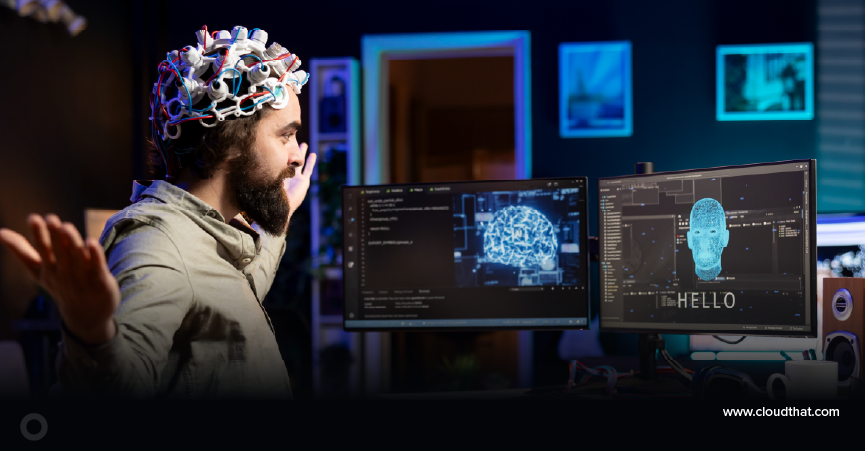

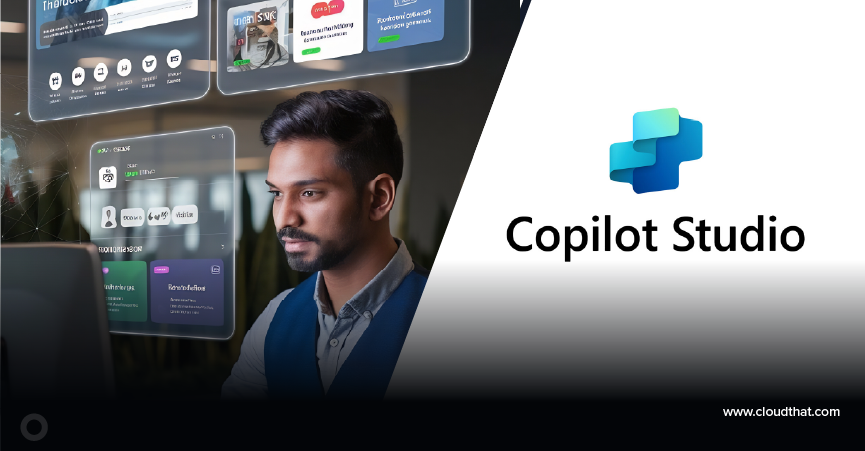

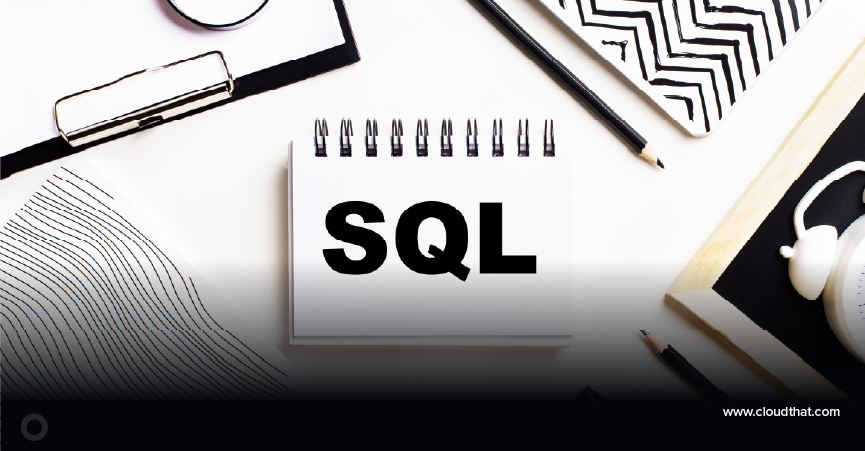
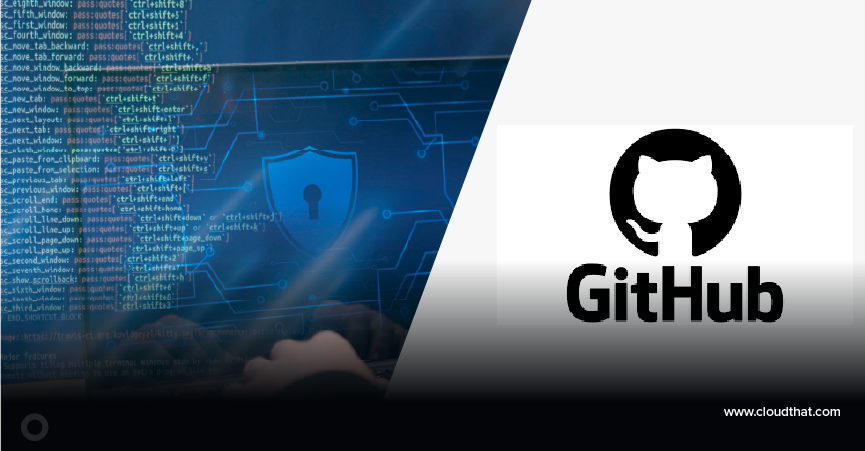

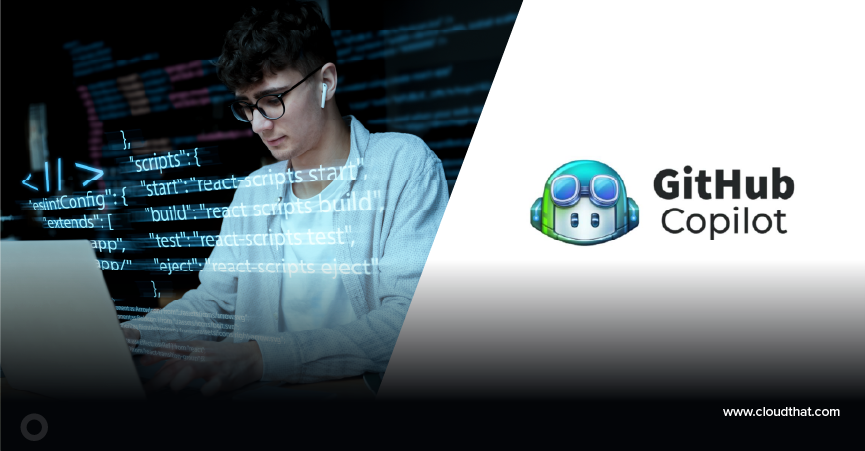
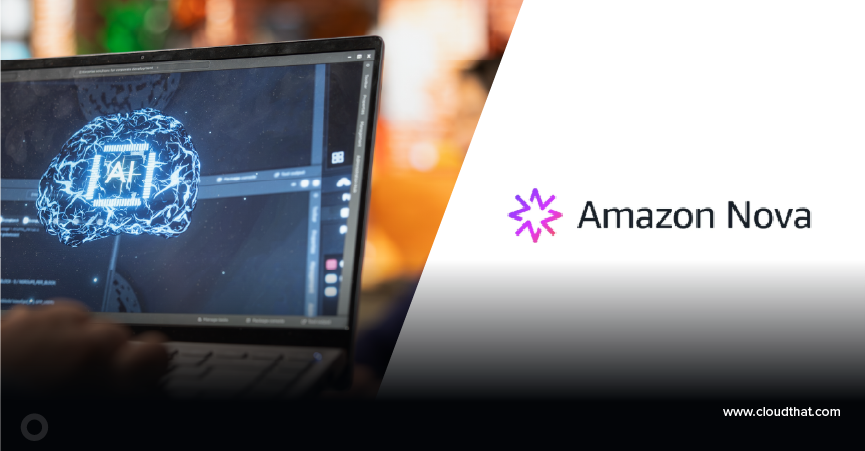
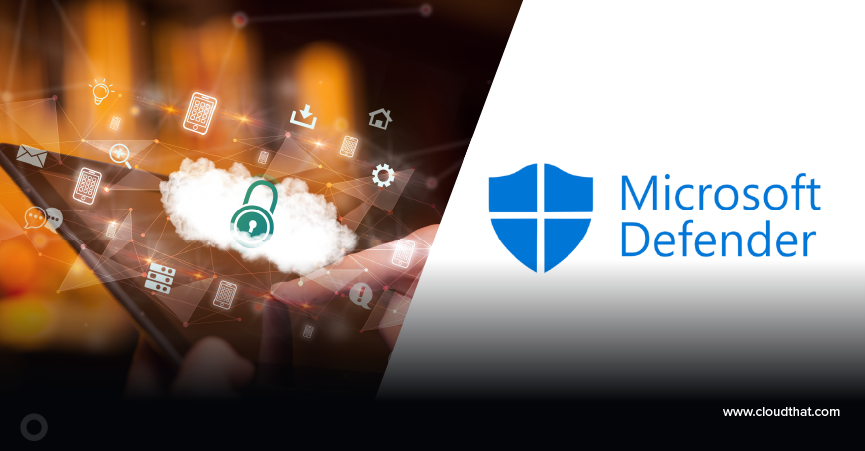
Comments